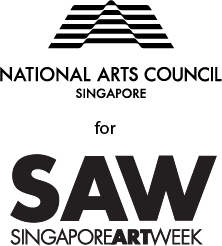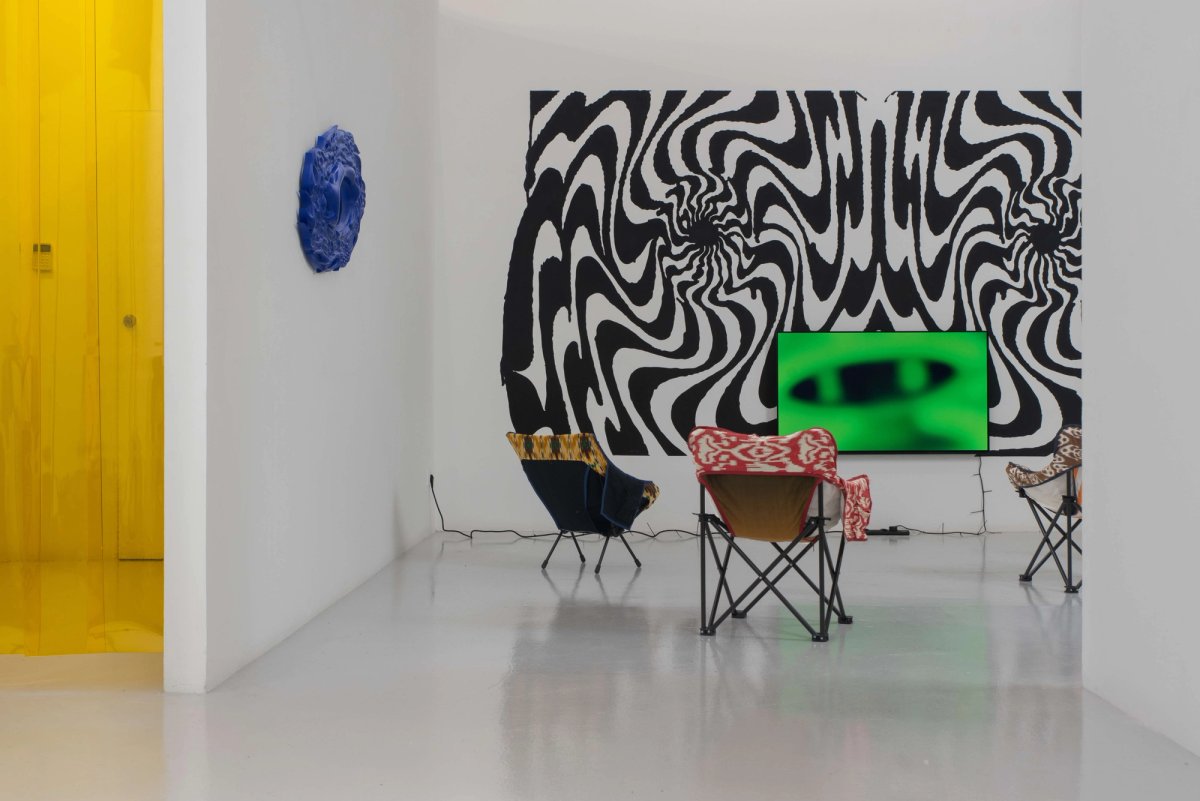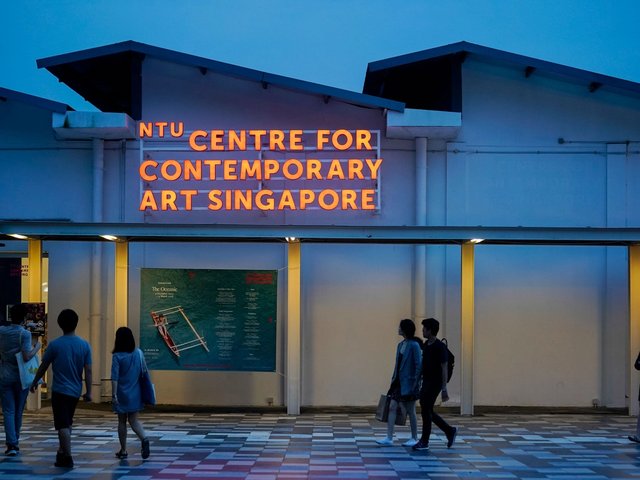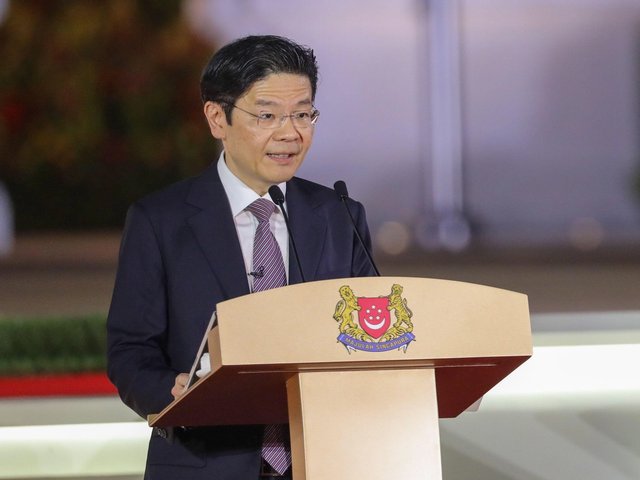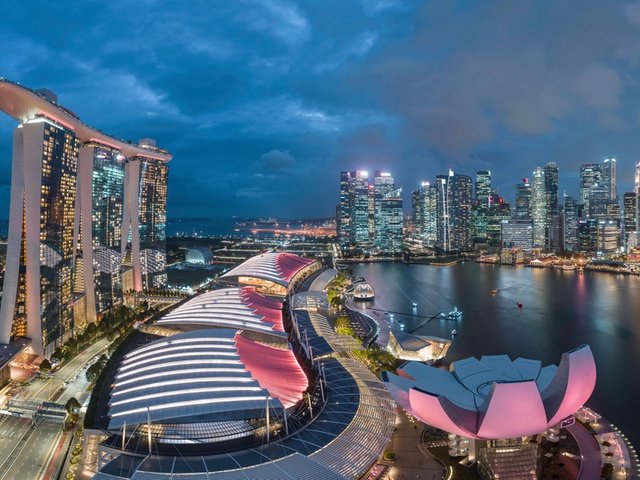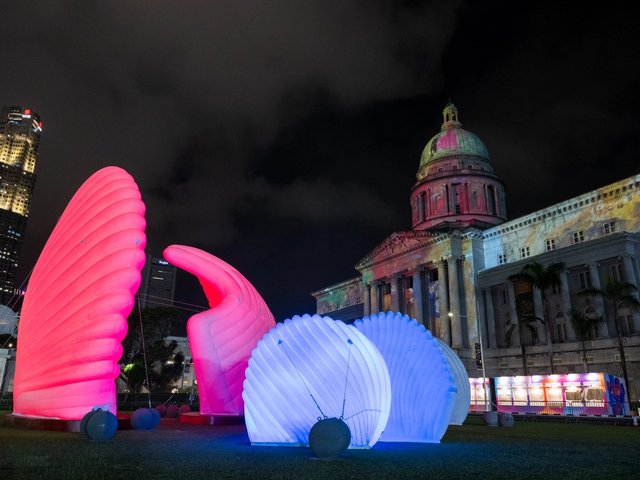Singapore Art Week (17-26 January) brings together over 160 events for the city's biggest celebration of the visual arts. Read our special supplement here
As Singapore’s high-octane art week unveils its 2025 iteration, the city-state can proudly claim a maturing scene that includes a growing group of internationally recognised local artists while providing a supportive environment for artists from around Southeast Asia.
“Singapore’s arts landscape has grown significantly in recent years, thanks to the synergy of the arts community who are constantly creating and innovating, contributing to our vibrant arts landscape,” says Low Eng Teong, the chief executive of the National Arts Council (NAC), a government body that supports the arts in Singapore and is the organiser of Singapore Art Week. “The Covid-19 pandemic was, of course, a major challenge for everyone even as the government continued to support the arts sector with a S$75 million resilience package. Despite challenges, the arts community showed incredible resilience and adaptability as it embraced opportunities to rethink and reimagine how the arts are created, experienced and supported.”
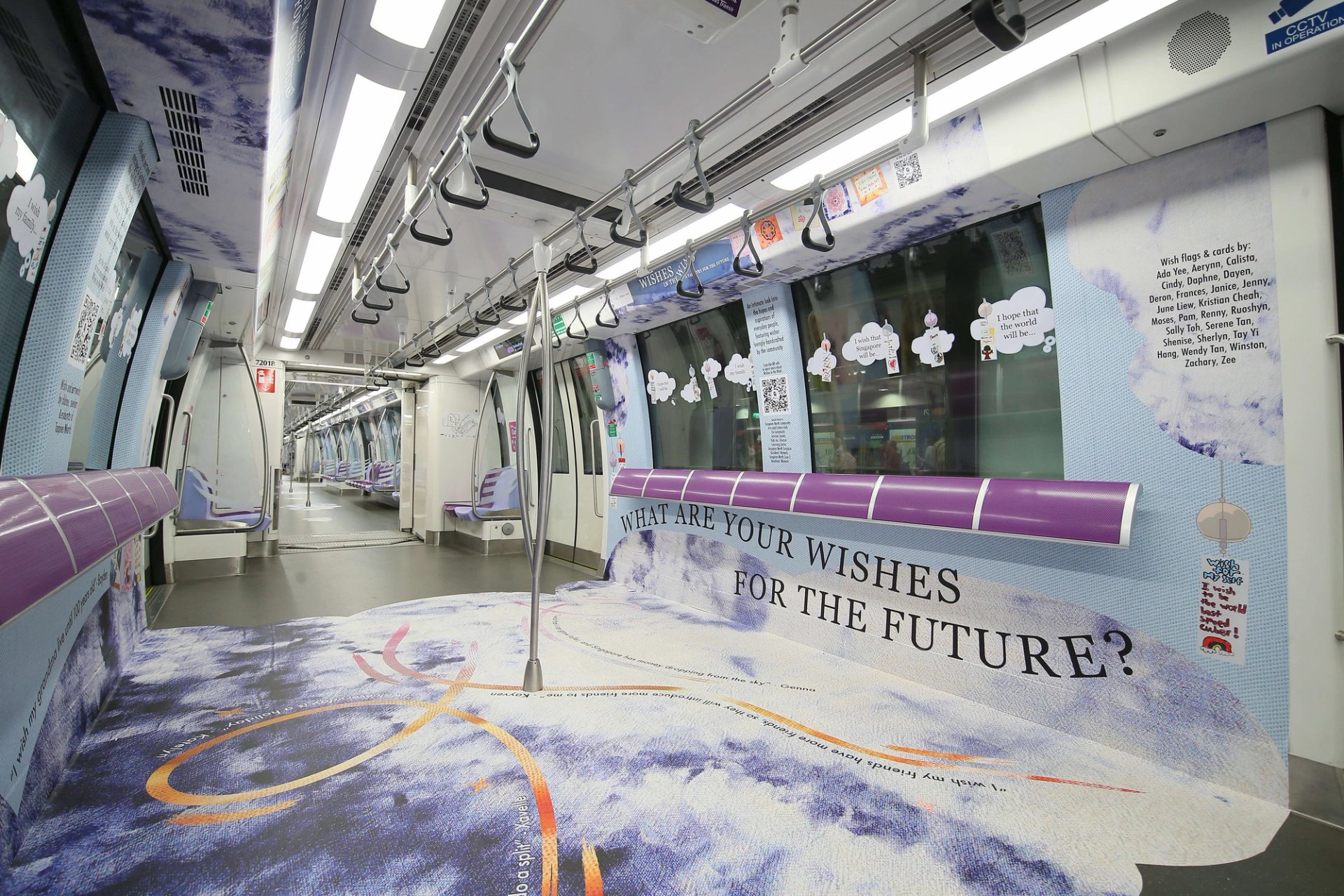
The NAC has worked with Singapore’s public transport authority, the LTA, to invigorate public transport spaces with art. This year’s themed train features a work by Elisa Liu and Cheng Jin An with graphic designer Aravindan B, in collaboration with Tampines North Community Arts and Culture Club (CACC) Photo: courtesy Land Transport Authority
Since then, activity has ramped up quickly, with the introduction of the ART SG art fair in 2023, joining the smaller S.E.A. Focus which launched in 2019. “There’s been a healthy return to in-person programmes, reflecting a palpable desire among both artists and audiences to reconnect face-to-face and bond over shared experiences,” says Low. “As the largest art fair in Southeast Asia, the presence of ART SG further highlights Singapore’s growing presence as an arts hub in the region. It has also offered the arts community new collaborations and market opportunities.”
The NAC was set up in 1991. “Initially, the NAC focused on building foundational structures—providing grants, shaping policy, and establishing essential platforms for artists to present their work,” says Low. “Over time, however, it has taken on a broader remit. Today, beyond funding, the NAC increasingly operates as a connector and facilitator, linking artists, audiences and institutions. This includes capacity-building initiatives, fostering collaborations, and championing Singapore’s creative expressions locally and on the international stage.”
One noteworthy shift has been a deeper engagement with communities, says Low. “The NAC actively brings art into everyday spaces, from neighbourhood murals and public sculptures to arts programmes held at community centres. By situating art in accessible, familiar settings, more Singaporeans can develop a genuine appreciation for creative pursuits. Singapore Art Week is one such platform which creates greater access to the arts by bringing visual art experiences to where people live, work and play, primarily in our heartlands and our [public transport] stations through the NAC’s partnerships with People’s Association and the Land Transport Authority.”

Low Eng Teong, chief executive of Singapore's National Arts Council Photo: courtesy NAC
Another big change in recent decades has been the opening of two major state-run art museums. When the Singapore Art Museum (SAM) opened in 1996, it was one of the first major institutions to focus on Southeast Asian contemporary art, a mission expanded by the Singapore Biennale since 2006 and by the launch of the National Gallery Singapore (NGS) in 2015. “Having two national institutions dedicated to art signals the importance of art to our society, and has also enabled us to support our artists to a greater extent, develop our audiences and grow our artistic engagements and networks regionally and globally,” says Eugene Tan, the chief executive of both institutions. “The National Gallery now focuses on the art of Southeast Asia regardless of time, while SAM focuses on contemporary art, regardless of place. They complement each other to present diverse and wide-ranging exhibitions to our publics in Singapore and to promote and develop emerging and mid-career artists from Singapore and the region.”
The museums worked with the NAC to organise the Singapore Art Week Forum, which took place on 15 January and brought together artists, curators and museum professionals to consider how cultural workers and institutions can create tangible benefits for communities. Theaster Gates delivered the keynote address.
Singapore’s market has meanwhile developed for decades alongside the institutions. “It is great to have a unifying event where the art scene can celebrate and share its often-insular world with the wider public,” says Audrey Yeo, the founder of the gallery Yeo Workshop and president of Art Galleries Association Singapore (AGAS). “There’s a noticeable and growing appetite for art year after year.”
Nurturing young talent
Still, challenges remain, admits Low. “Many artists and arts groups still operate on tight budgets, so ensuring a stable flow of resources—both through public funding and private investment—continues to be critical. Additionally, in a land-scarce environment finding suitable venues for performances, exhibitions and studios is often an uphill task.”
The NAC works to nurture and support emerging artists, says Low. “Our efforts include mentorship schemes and residency programmes to resource-sharing platforms—helping artists evolve their practices sustainably. Ultimately, we want to create an environment where homegrown artists can thrive, and international practitioners find fertile ground for collaboration.”
Along with its intimate size, Singapore’s fast pace means “the feeling of transient and temporality hits closer than ever in this rapidly evolving art scene”, says Gwen Lee, the founder and director of DECK Photography Art Centre. “Loss of art spaces is more than just physical but [also] spiritual, which is intangible and hard to measure, and only time can reveal.” She highlights how artist-led spaces like Starch, Comma, I_S_L_A_N_D_S, Supper House, Supernormal have stepped up to provide “natural enclaves” for emerging artists.
Founded in 2012, DECK’s original container art space closed in 2021, and the organisation is undergoing a community-driven fundraiser to build a permanent home this year. During Singapore Art Week the currently empty lot is hosting Fragments of an Unknown Space (until 26 January), a group show of installations about space and impermanence by artists including Goh Chun Aik and Arrvinraj. “This transition has been both rewarding and challenging as we continue to create and present art in alternative spaces—such as shopping malls, underground passes, disused schools and more,” says Lee.
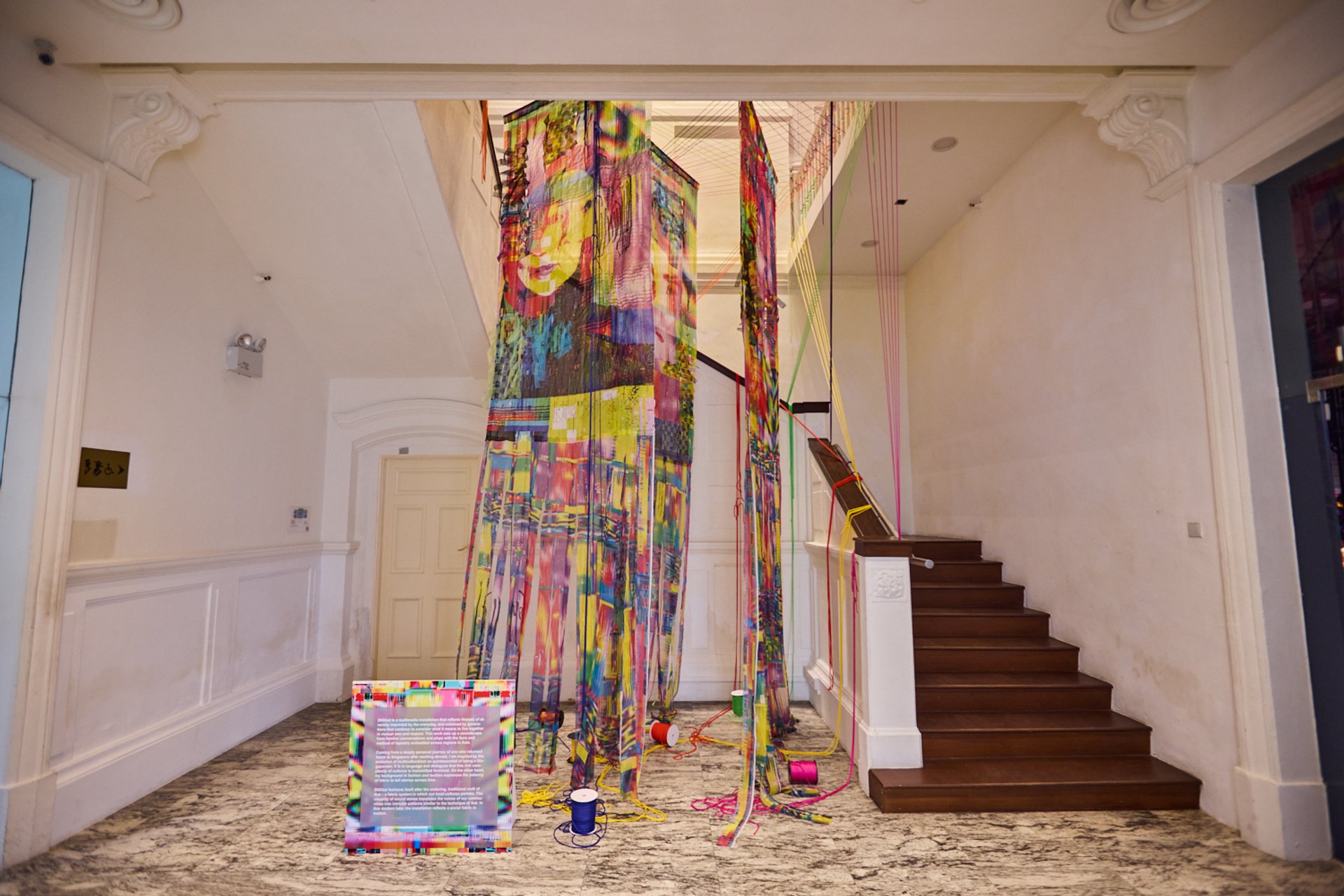
Yang Derong’s work DIGikat at The Annex at The Arts House combines traditional crafts with digital technology Photo: Courtesy NAC
OH! Open House has since 2009 used existing spaces to stage tours, performances and other interactions. For this year’s Singapore Art Week, it is organising The Eye and the Tiger (until 19 January), a show situated in two historic, traditional black-and-white bungalows at 7 Adam Park. “We trace [the buildings’] architectural and functional use to the plantation villa, which is one facet of colonialism that we don’t really talk about—how botany supported a colonial network of cash-crop plantations built on extraction, slavery etc,” says OH!’s executive director Alan Oei. Visitors will leave understanding such structures as more than just “nostalgic colonial buildings”.
The project underscores OH!’s goal to treat “all our audience as part of civil society—if you care about the Singapore condition, you care about how our values, ideas, politics shapes us, then this is what you can count on when you participate in our programmes”, Oei says. That approach has netted a core of visitors and volunteers who are “first and foremost people who are curious, rather than art lovers. The arts are part of that fabric to begin to understand who we are, where we came from and what are the forgotten stories that matter.”
Similarly, says Lee, DECK aims to nurture a vibrant community as much as art. “I firmly believe in the capacity of our audience to engage with and appreciate more complex, thought-provoking art. Our viewers are often well-travelled, knowledgeable and possess a keen, independent understanding of the world around them. They are more than ready to face art that challenges them—art that invites deeper reflection, complex narratives and new ways of seeing. Rather than underestimating this intellectual curiosity, let’s encourage them onto a deeper journey of understanding and appreciation.”
Singapore’s infrastructure has made it what Eugene Tan calls a “pivotal node” for “amplifying Southeast Asia’s artistic narratives while fostering meaningful dialogues across diverse cultural and geographic contexts.” Other regional cities’ emerging arts infrastructure like fairs, galleries and biennials “create opportunities for deeper collaboration, with Singapore positioned as a natural convenor,” Tan says. “Fostering stronger collaborations across institutions, independent art spaces and communities to ensure a steady rhythm of artistic experiences, [and] by broadening access and continuing to champion Southeast Asian art within global narratives, we can strengthen Singapore’s role as a vibrant and inclusive space for art.”
Low concludes: “Ultimately, we want to create an environment [...] that celebrates artistic expression, encourages broader participation, and contributes meaningfully to the cultural tapestry of Southeast Asia and beyond.”


